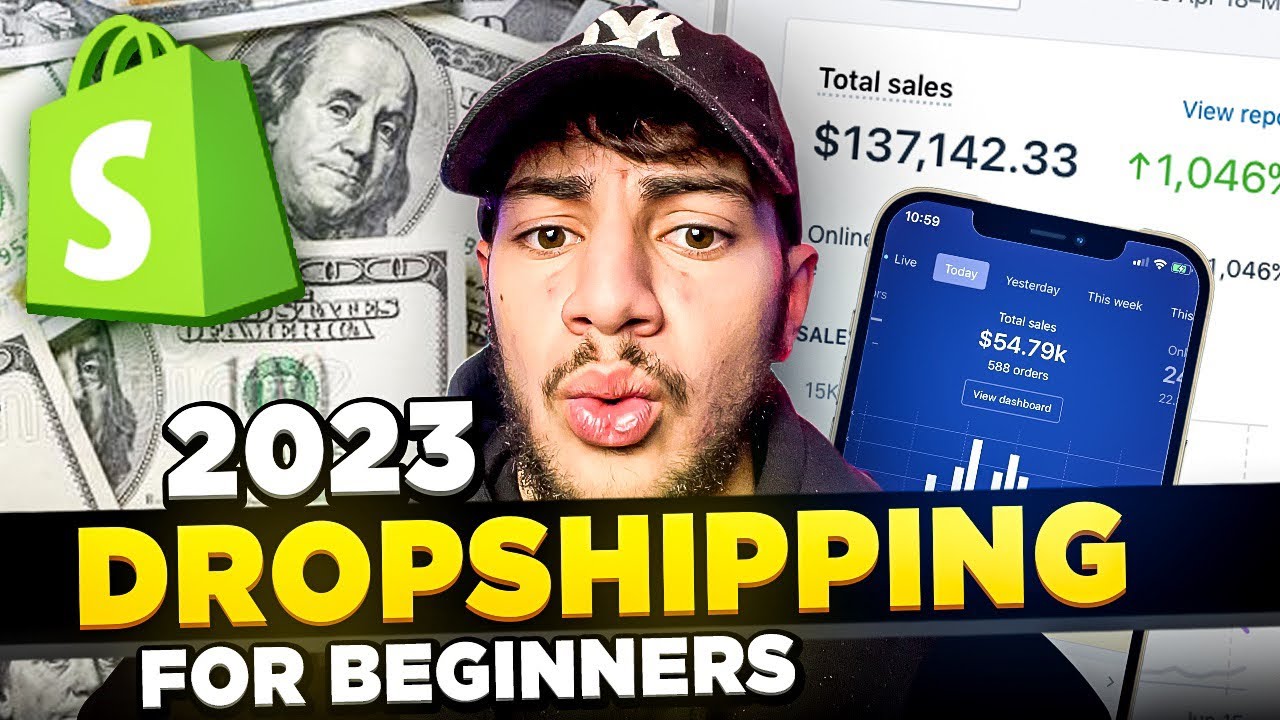
Are you interested in starting a Shopify dropshipping business but don’t have any money to invest upfront? Don’t worry, because in this guide, I’ll show you how to start Shopify dropshipping with no money in 2023 as a beginner. Dropshipping is a popular business model that allows you to sell products to customers without holding any inventory. Instead, you partner with suppliers who handle the storage, packaging, and shipping of the products directly to your customers. This means you can start a dropshipping business without the need for a large initial investment.
Here’s a step-by-step guide on how to start Shopify dropshipping with no money:
1. Research and Choose a Niche: The first step in starting a successful dropshipping business is to research and choose a niche. Look for a niche that has a high demand and low competition. You can use tools like Google Keyword Planner to find popular keywords related to your niche and see how many people are searching for them.
2. Create a Shopify Account: Once you have chosen your niche, the next step is to create a Shopify account. Shopify is a popular e-commerce platform that makes it easy to set up an online store. You can sign up for a free trial and start building your store without any upfront costs.
3. Find Dropshipping Suppliers: After setting up your Shopify store, the next step is to find dropshipping suppliers who will provide the products you want to sell. You can use platforms like Oberlo, AliExpress, or SaleHoo to find suppliers that offer dropshipping services.
4. Add Products to Your Store: Once you have found suppliers, you can start adding products to your Shopify store. Make sure to write compelling product descriptions and choose high-quality images to attract customers.
5. Optimize Your Store for Conversions: To increase your chances of making sales, optimize your Shopify store for conversions. This includes creating a user-friendly design, adding trust badges, and offering multiple payment options.
6. Market Your Store: Once your store is set up, it’s time to start marketing your products. You can use social media, influencer marketing, and email marketing to drive traffic to your store and generate sales.
7. Fulfill Orders: When a customer places an order on your Shopify store, the supplier will be responsible for shipping the product directly to the customer. Make sure to communicate with your suppliers and provide excellent customer service to ensure a positive shopping experience.
8. Analyze and Improve: Finally, analyze


